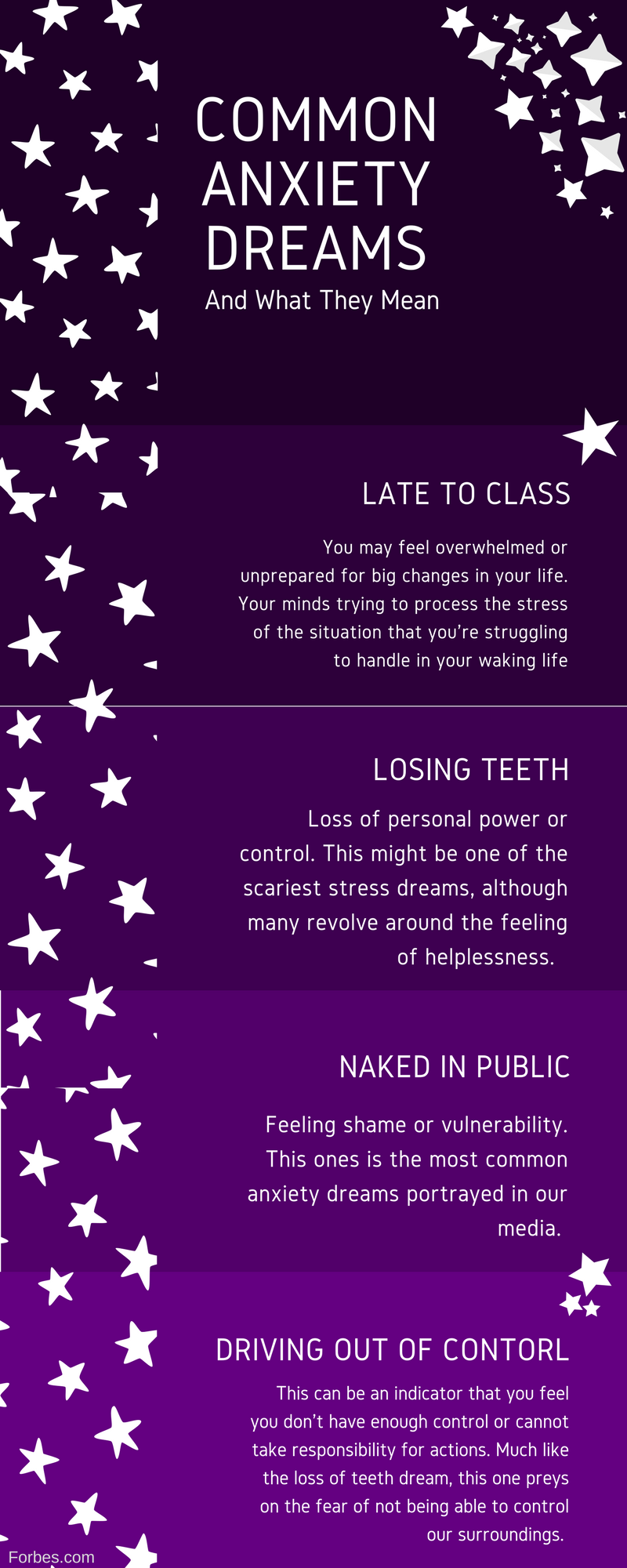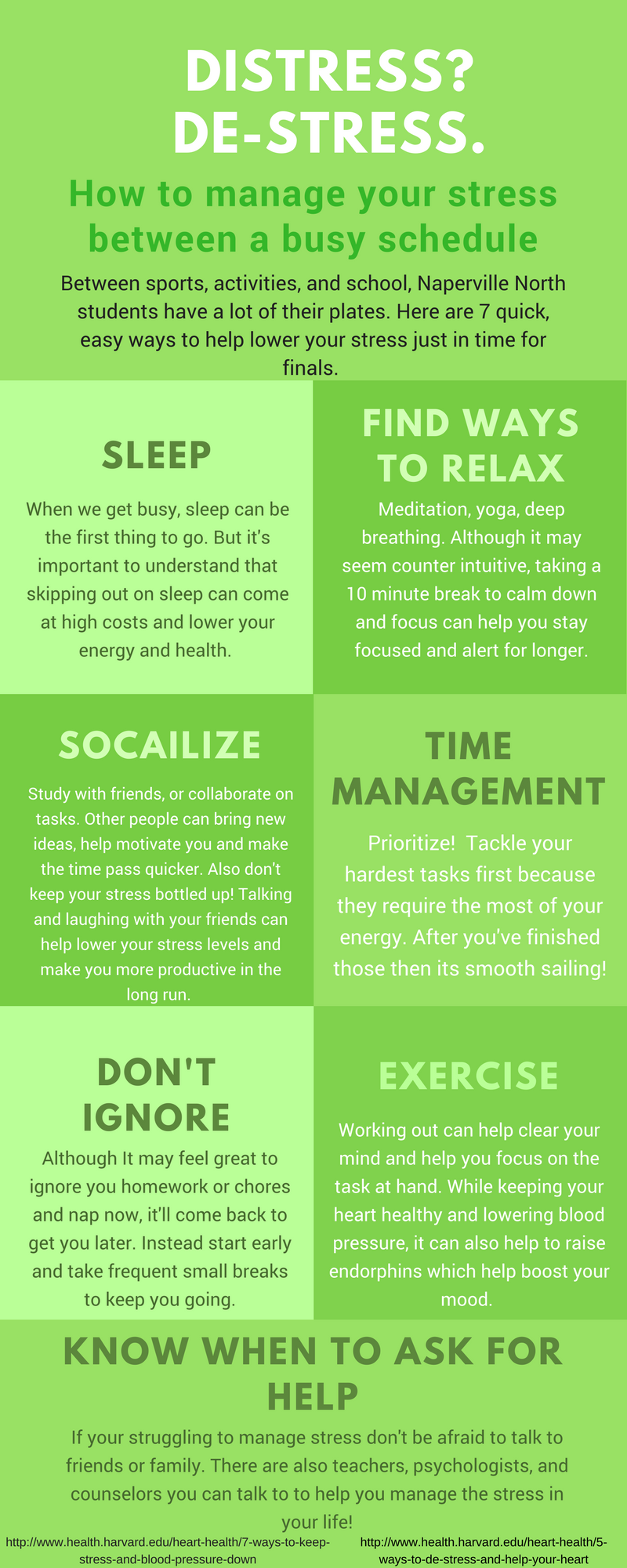Not so sweet dreams
April 19, 2017
Life at Naperville North could be described as a constant balancing act…Between ACT and SAT prep, AP classes, honors classes, sports, and extracurriculars, students at North are always busy and in most cases, stressed. In fact, stress, due to academics or athletics or both, is a common problem at any major achieving high school in the country.
According to a 2007 survey of teachers at the University of Phoenix College of Education, 9th to 12th grade teachers assign an average of 17.5 hours of homework a week. With AP classes, that number could be even higher. Add on a two-hour sports practice or after school club or activity, as well as time for basic daily needs and socializing, and a good night’s sleep for students fades away.
In fact, sleep may be one of the few times that a busy student can relax, slow down, and take the time to rest and recover from a busy day. However, relaxing can be the last thing that comes to students’ minds when they end their night.
Thus, recurring Anxiety Dreams arise. They are so common that many can recall a time when they’ve had one. They show up in our television shows or movies; they are a fact of life. Anxiety dreams can contain almost any setting that connects to a current situation, but many carry the same general thread. Popular situations in anxiety dreams can include teeth falling out, late and naked to class or an important meeting, stuck in an elevator, lost in a hallway or parking garage, and many others, which can symbolize a variety of different stressors in daily life.
 As absurd as these situations may seem, they all connect to the inner thoughts and feelings that students encounter frequently. Dreams do serve a valid purpose: they work to process information from the day and rebuild numerous fading memories. From a scientific standpoint, sleep repairs and restores damaged brain tissue. Dreams provide a “safe” place for the mind to make decisions or act in a manner that would usually be unacceptable, as well as work through problems or situations that might be difficult in reality. Calvin Hall, a behavior psychologist studying dreams, wrote many theories in his 1996 work The Meaning of Dreams.
As absurd as these situations may seem, they all connect to the inner thoughts and feelings that students encounter frequently. Dreams do serve a valid purpose: they work to process information from the day and rebuild numerous fading memories. From a scientific standpoint, sleep repairs and restores damaged brain tissue. Dreams provide a “safe” place for the mind to make decisions or act in a manner that would usually be unacceptable, as well as work through problems or situations that might be difficult in reality. Calvin Hall, a behavior psychologist studying dreams, wrote many theories in his 1996 work The Meaning of Dreams.
“The images of a dream are the concrete embodiments of the dreamer’s thoughts; these images give visual expression to that which is invisible,” Hall wrote.
Anxiety Dreams occur when the amygdala, a part of the frontal lobe of the brain used for decision making and the processing of emotions, fires adrenaline during the dream. This is what causes the jolt awake or cold sweats, symptoms that can be experienced during the dream or upon waking. Anne Dickenson, a practicing psychologist at Conventions Psychiatry and Counseling in Naperville, notes that patients with pre-existing anxiety conditions or trauma are more likely to experience recurring anxiety dreams.
“Ultimately because of the way our brains [work]…and choose what material to pull from memory, we don’t really know what our dreams are going to be,” Dickenson said.
These incidents are not to be confused with nightmares. Rather than a situation of intense distress, Anxiety Dreams are less disturbing and involve more feelings of unease or apprehension about the future.
Alan Scott, an AP Psychology teacher at NNHS, describes these dreams are a manifestation of anxiety that students experience throughout the day.
“I think we definitely live in a culture where there are a lot of stressors for people, but I think one of the major stressors people have is themselves,” said Scott.
Scott also feels the number of students suffering from these dreams is increasing. Stress is becoming a theme in his classroom more frequently now than ever.
“I think the academic pressure is much higher, I think the pressure to go to college is much higher, I think students are doing more outside of school. It is no wonder that students are under more stress and therefore are having more stress dreams,” said Scott.
As for treatments, there is no real way to stop or prevent Anxiety Dreams. There are ways to minimize stress, including exercise, meditation, healthy eating habits, and Rational Emotional Behavior Therapy. Rational Emotional Behavior Therapy, or REBT, teaches individuals to combat irrational or unhealthy thoughts that can subconsciously cause them to doubt or self-sabotage, according to the Albert Ellis Institute. In other words, staying aware of personal thoughts and feelings can create a drastic impact.
“Keeping an eye on your stress overall is a good thing to do…[along with] mood scaling, where you’re paying attention day to day to what your mood is maybe or a 1 to 10 scale and then knowing this might be a good night to do some relaxation before bed,” said Dickenson.
We can never completely end anxiety or anxiety dreams, but we can learn to control our stressors. It is vital that we handle the daily demands of life in a way that pushes us to do better instead of harming us. By becoming a community that better deals with the stress we have from rigorous academics and top achieving sports and activities, we can become a more healthy and prosperous environment for all students. Sweet dreams!
Story reported by Alex Gray and Will Trubshaw
Infographics by Keely Doll and Brandon Morrow
